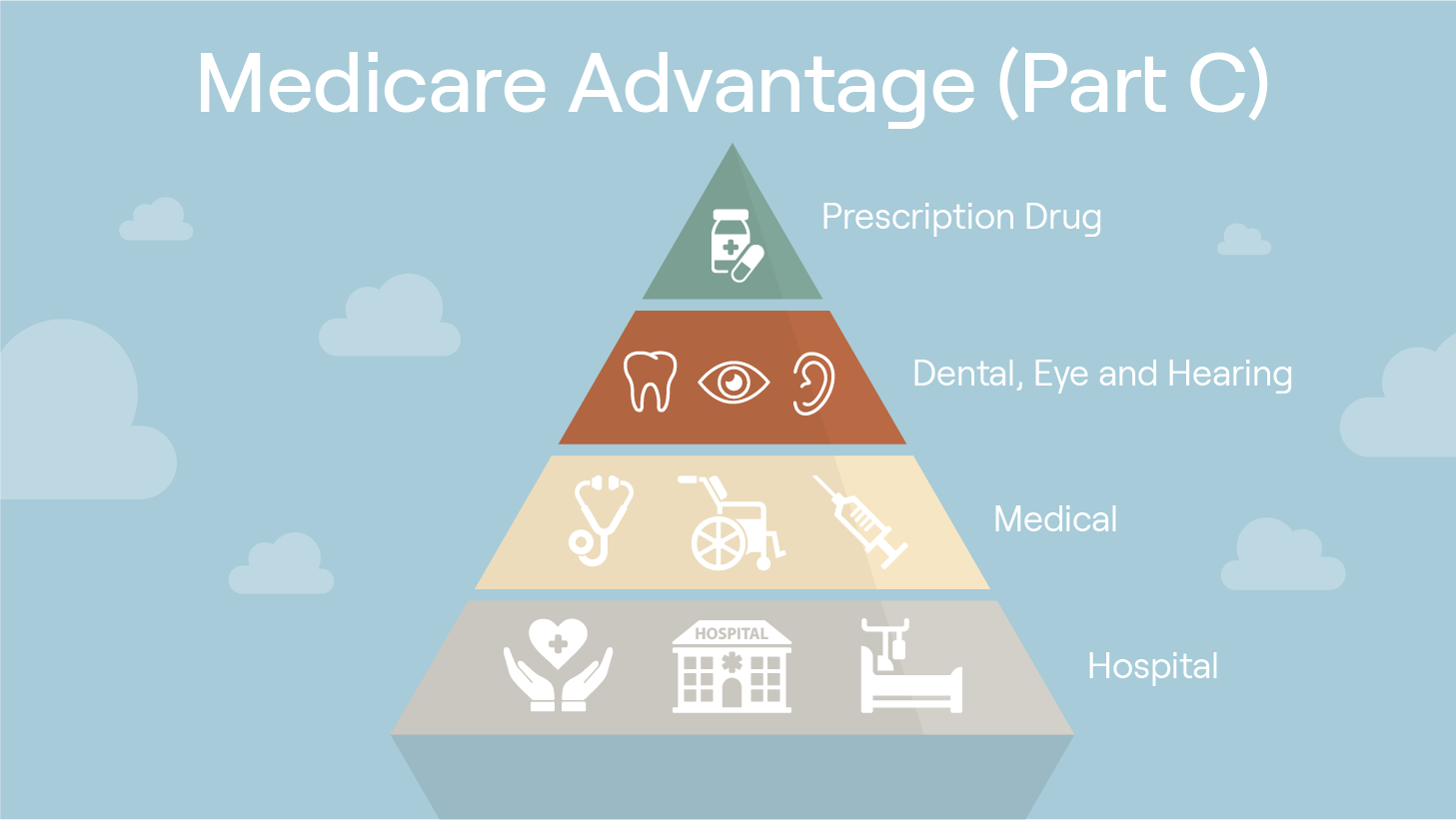How Life Insurance Can Help You Achieve Your Retirement Goals
Retirement is a time of life that many people look forward to, but it can also be a time of financial uncertainty. To ensure that you have the resources to enjoy your retirement years, it is important to plan ahead and make sure that you have the necessary funds to cover your expenses. One way to do this is to purchase life insurance, which can provide you with a steady stream of income during your retirement years.
Life insurance is a type of insurance policy that pays out a lump sum or regular payments to a designated beneficiary upon the death of the insured. This money can be used to cover funeral expenses, pay off debts, or provide financial security for your family. In addition to these benefits, life insurance can also be used to help you achieve your retirement goals.
When you purchase a life insurance policy, you can designate a portion of the death benefit to be used for retirement. This money can be used to supplement your retirement income, allowing you to maintain your lifestyle and enjoy your retirement years. Additionally, life insurance can provide you with a tax-advantaged way to save for retirement. The death benefit is generally tax-free, meaning that you can use the money to fund your retirement without having to pay taxes on it.
Life insurance can also provide you with peace of mind. Knowing that you have a financial safety net in place can help you feel more secure in your retirement years. Additionally, life insurance can provide you with a way to leave a legacy for your loved ones. The death benefit can be used to provide for your family after you are gone, ensuring that they are taken care of financially.
Life insurance can be an important part of your retirement planning. By purchasing a life insurance policy, you can ensure that you have the resources to enjoy your retirement years and provide for your family after you are gone.
The Benefits of Life Insurance for Retirement Planning
Retirement planning is an important part of financial planning, and life insurance can be a valuable tool in helping to ensure a secure retirement. Life insurance can provide a number of benefits to those planning for retirement, including providing a source of income, protecting against financial losses, and providing a tax-advantaged way to save for retirement.
One of the primary benefits of life insurance for retirement planning is that it can provide a source of income. Life insurance policies can be structured to provide a guaranteed stream of income for the policyholder, either through a lump sum payment or through regular payments. This income can be used to supplement other retirement income sources, such as Social Security or a pension, or to provide a steady stream of income for those who do not have other sources of retirement income.
Another benefit of life insurance for retirement planning is that it can provide protection against financial losses. Life insurance policies can be structured to provide a death benefit that can be used to pay off debts or to provide financial support for a surviving spouse or other family members. This can help to ensure that the policyholder’s family is not left with a large financial burden in the event of their death.
Finally, life insurance can provide a tax-advantaged way to save for retirement. Many life insurance policies offer tax-deferred growth, meaning that the policyholder can accumulate funds in the policy without having to pay taxes on the growth until the funds are withdrawn. This can be a valuable tool for those looking to save for retirement, as it allows them to accumulate funds without having to pay taxes on the growth until the funds are withdrawn.
In conclusion, life insurance can be a valuable tool for those looking to plan for retirement. It can provide a source of income, protection against financial losses, and a tax-advantaged way to save for retirement. For those looking to ensure a secure retirement, life insurance can be an important part of the planning process.
How to Choose the Right Life Insurance Policy for Retirement Planning
Retirement planning is an important part of financial planning, and life insurance can be an important part of that plan. Choosing the right life insurance policy for retirement planning can be a complex process, but it is important to understand the different types of policies available and how they can help you meet your retirement goals.
The first step in choosing the right life insurance policy for retirement planning is to determine your needs. Consider your current financial situation, your retirement goals, and the amount of coverage you need. You should also consider the type of policy that best meets your needs. There are two main types of life insurance policies: term and permanent.
Term life insurance is a type of policy that provides coverage for a specific period of time, usually 10, 20, or 30 years. This type of policy is typically less expensive than permanent life insurance, but it does not provide any cash value.
Permanent life insurance is a type of policy that provides coverage for your entire life. This type of policy typically has a cash value component, which can be used to supplement your retirement income. Permanent life insurance policies are more expensive than term life insurance policies, but they can provide more financial security in retirement.
Once you have determined the type of policy that best meets your needs, you should compare different policies from different insurance companies. Look for policies that offer the best combination of coverage, cost, and features. Consider the company’s financial strength, customer service, and claims-paying history.
Finally, it is important to review your policy regularly to make sure it still meets your needs. As your financial situation and retirement goals change, you may need to adjust your policy accordingly.
By taking the time to understand your needs and compare different policies, you can choose the right life insurance policy for retirement planning. With the right policy in place, you can ensure that you have the financial security you need in retirement.
Understanding the Tax Implications of Life Insurance in Retirement Planning
Retirement planning is an important part of financial planning, and life insurance can play an important role in helping to ensure that your retirement goals are met. It is important to understand the tax implications of life insurance in retirement planning, as this can have a significant impact on the amount of money you are able to save for retirement.
When it comes to life insurance, there are two main types: term life insurance and permanent life insurance. Term life insurance is a type of policy that provides coverage for a specific period of time, usually between 10 and 30 years. Permanent life insurance, on the other hand, provides coverage for your entire life.
When it comes to the tax implications of life insurance in retirement planning, it is important to understand that the premiums you pay for term life insurance are generally not tax deductible. However, the death benefit from a term life insurance policy is generally tax-free.
Permanent life insurance, on the other hand, can provide a number of tax advantages. The premiums you pay for permanent life insurance are generally tax deductible, and the death benefit is also generally tax-free. Additionally, the cash value of a permanent life insurance policy can be used to supplement retirement income, and the withdrawals are generally tax-free.
It is important to understand the tax implications of life insurance in retirement planning, as this can have a significant impact on the amount of money you are able to save for retirement. It is also important to consult with a financial advisor to ensure that you are making the best decisions for your retirement planning needs.
Exploring the Different Types of Life Insurance for Retirement Planning
Retirement planning is an important part of financial planning, and life insurance can be an important part of that plan. There are several different types of life insurance available, each with its own advantages and disadvantages. Understanding the different types of life insurance can help you make the best decision for your retirement planning needs.
Term life insurance is the most basic type of life insurance. It provides coverage for a specific period of time, usually 10, 20, or 30 years. Term life insurance is the most affordable type of life insurance, but it does not build cash value. This means that if you outlive the term of the policy, you will not receive any benefit from the policy.
Whole life insurance is a type of permanent life insurance. It provides coverage for your entire life, as long as you continue to pay the premiums. Whole life insurance also builds cash value, which can be used to supplement retirement income. Whole life insurance is more expensive than term life insurance, but it can provide a valuable source of income in retirement.
Universal life insurance is a type of permanent life insurance that combines the features of term and whole life insurance. It provides coverage for your entire life, and it also builds cash value. Universal life insurance is more flexible than whole life insurance, as it allows you to adjust the premiums and death benefit. This makes it a good option for those who want to customize their life insurance coverage.
Variable life insurance is a type of permanent life insurance that allows you to invest the cash value of the policy in a variety of investments. This type of life insurance can provide a higher return than other types of life insurance, but it also carries more risk. Variable life insurance is best suited for those who are comfortable with taking on more risk in order to potentially earn a higher return.
No matter which type of life insurance you choose, it can be an important part of your retirement planning. Understanding the different types of life insurance can help you make the best decision for your needs.
- Understanding the Difference Between Term and Permanent Life Insurance
- Comparing Term Life vs. Permanent Life: Which is Right for You?
- What Are Annuities and How Can They Help Your Retirement?
- What are the Different Types of Life Insurance Policies?
- Understanding the Tax Implications of Life Insurance Policies
Benefits of Medicare Advantage for Veterans
Veterans and Medicare Advantage plans represent a crucial intersection of health- care services designed to enhance the medical coverage available…
10 Essential Insurance Tips to Protect Your Future
1. Assess your insurance needs based on income, assets, and dependencies. 2. Understand policy types: life, health, auto, home, and…
ACA 2025 Open Enrollment
The ACA 2025 Open Enrollment Period represents a pivotal opportunity for individuals and families to obtain health insurance coverage under…
Medicare Annual Enrollment Period 2025
The Medicare Annual Enrollment Period (AEP) for 2025 is a critical time for beneficiaries to review and adjust their Medicare coverage, running…
Medicare Advantage and the Nearing Annual Election Period
Medicare Advantage and the Nearing Annual Election Period Introduction Navigating Medicare can feel like trying to read a map written in a…
Understanding Medicare Advantage Plans
Understanding Medicare Advantage Plans Medicare Advantage plans have become a popular alternative for people who want more flexibility and comprehensive coverage…












